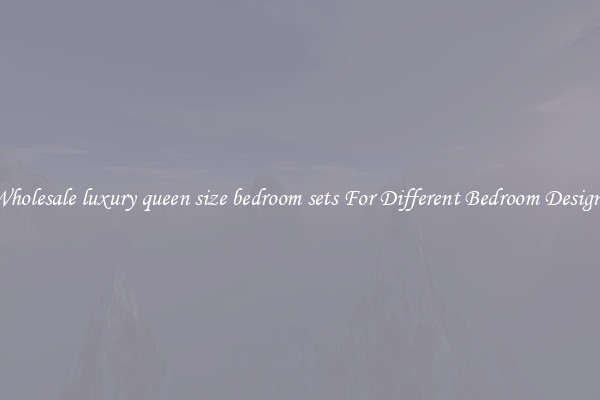Wholesale delaminating For Light And Flexible Wood Solutions
When it comes to designing and constructing furniture, cabinets, or any wood-based products, choosing the right type of wood is crucial. While solid wood might be the go-to option for many, there is another alternative that offers lightness, flexibility, and cost-effectiveness: delaminated wood.

Delaminating is a process that involves separating the layers of wood veneer from its core, creating light and flexible sheets of wood. This innovative technique revolutionizes the way wood products are manufactured, offering numerous benefits for both manufacturers and end-users.
One of the main advantages of using delaminated wood is its weight. Compared to solid wood, delaminated wood is exceptionally light, making it easier to handle, transport, and install. This lightness also opens up new possibilities in design, allowing for the creation of intricate patterns and shapes that would be challenging to achieve with solid wood.
Additionally, delaminated wood offers increased flexibility. With its pliable nature, it can be easily bent, twisted, or shaped, making it an ideal material for curved furniture or other applications that require a high degree of flexibility. This quality also contributes to the durability of the wood, as it can better absorb impacts and shocks without breaking.
From a cost perspective, using delaminated wood can be highly advantageous. By delaminating wood, it is possible to create more surface area from a single piece of wood, significantly reducing waste and maximizing the yield. This optimization leads to cost savings for manufacturers, allowing them to offer competitive prices to their customers.
Wholesale delaminating has become increasingly popular in various industries, such as furniture manufacturing, interior design, and construction. The versatility and affordability of delaminated wood attract designers and architects who seek sustainable and innovative solutions for their projects. Its lightweight properties make it suitable for applications where weight reduction is critical, such as aircraft interiors or marine construction.
Moreover, delaminated wood is an environmentally friendly choice. By utilizing thin wood layers, the demand for solid wood is reduced, leading to less deforestation and preserving natural resources. Additionally, the manufacturing process of delaminated wood requires fewer chemicals and energy compared to other wood treatments, minimizing its environmental impact.
In conclusion, wholesale delaminating revolutionizes the wood industry by providing lightness, flexibility, and cost-effectiveness. This technique creates a wide range of possibilities for designers and architects, allowing them to create unique and sustainable wood products. From furniture to construction, delaminated wood is proving to be an excellent alternative to solid wood, combining innovation, versatility, and environmental consciousness.

View details

View details

View details

View details








